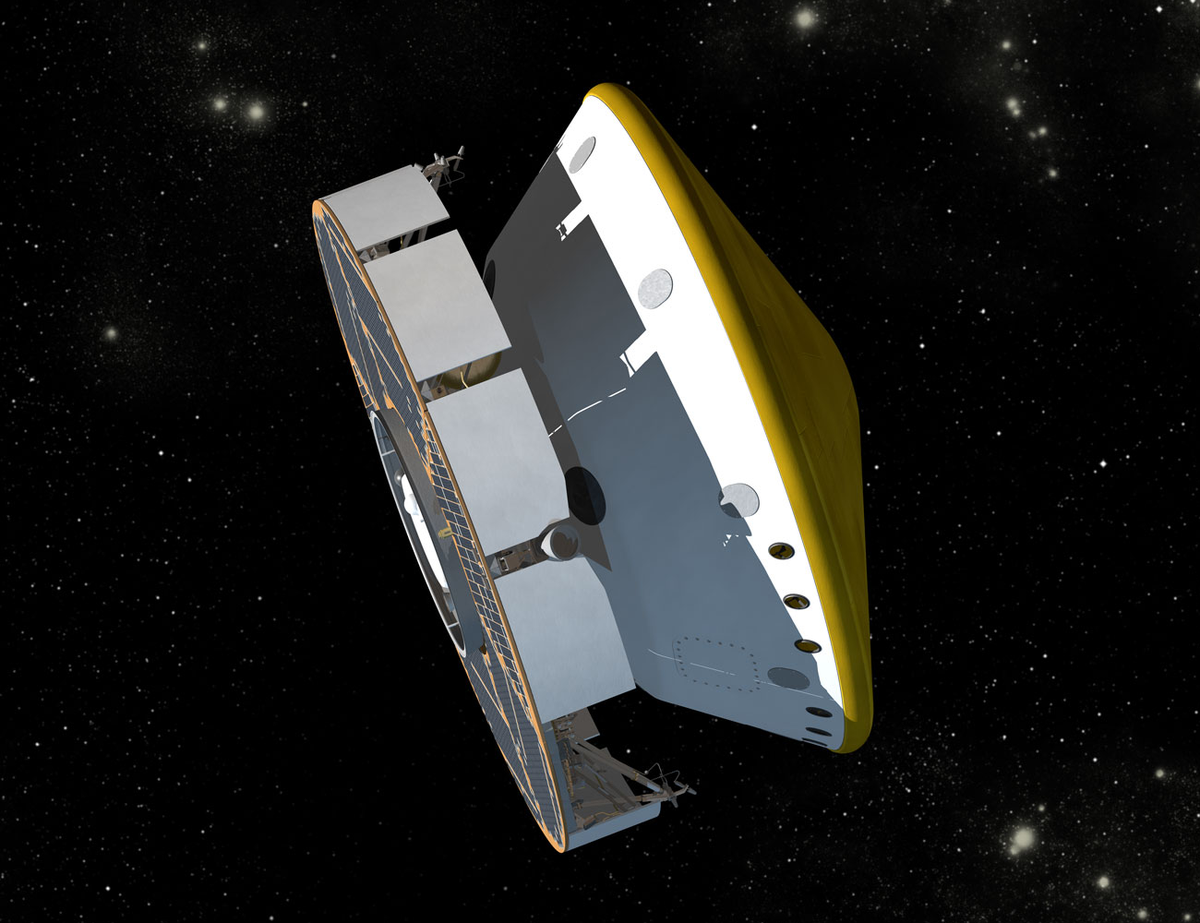Badass video detailing a 7 minute landing sequence that's happening at a distance that takes light / radio signals 14 minutes to travel.
MSL (Mars Science Laboratory) Style.
Curiosity's mission site: http://www.nasa.gov/mission_pages/msl/index.html


MSL (Mars Science Laboratory) Style.
Mars Science Laboratory (MSL, or Curiosity) is a Mars rover launched by NASA on November 26, 2011.[1][3] Currently en route to the planet, it is scheduled to land in Gale Crater at about 05:31 UTC on August 6, 2012. The rover's objectives include searching for past or present life, studying the Martian climate, studying Martian geology, and collecting data for a future manned mission to Mars.[11]
Curiosity is about five times larger than the Spirit or Opportunity Mars exploration rovers,[12] and carries over ten times the mass of scientific instruments. It will attempt a more precise landing than previous rovers, within a landing ellipse of 7 km by 20 km,[13] in the Aeolis Palus region of Gale Crater. This location is near the mountain Aeolis Mons (formerly called "Mount Sharp").[14][15] It is designed to explore for at least 687 Earth days (1 Martian year) over a range of 5–20 km (3–12 miles).[16]
The Mars Science Laboratory mission is part of NASA's Mars Exploration Program, a long-term effort for the robotic exploration of Mars, and the project is managed by the Jet Propulsion Laboratory of California Institute of Technology. When MSL launched, the program's director was Doug McCuistion of NASA's Planetary Science Division.[17] The total cost of the MSL project is about US$2.5 billion.[18]
Curiosity is about five times larger than the Spirit or Opportunity Mars exploration rovers,[12] and carries over ten times the mass of scientific instruments. It will attempt a more precise landing than previous rovers, within a landing ellipse of 7 km by 20 km,[13] in the Aeolis Palus region of Gale Crater. This location is near the mountain Aeolis Mons (formerly called "Mount Sharp").[14][15] It is designed to explore for at least 687 Earth days (1 Martian year) over a range of 5–20 km (3–12 miles).[16]
The Mars Science Laboratory mission is part of NASA's Mars Exploration Program, a long-term effort for the robotic exploration of Mars, and the project is managed by the Jet Propulsion Laboratory of California Institute of Technology. When MSL launched, the program's director was Doug McCuistion of NASA's Planetary Science Division.[17] The total cost of the MSL project is about US$2.5 billion.[18]
Curiosity's mission site: http://www.nasa.gov/mission_pages/msl/index.html










Comment